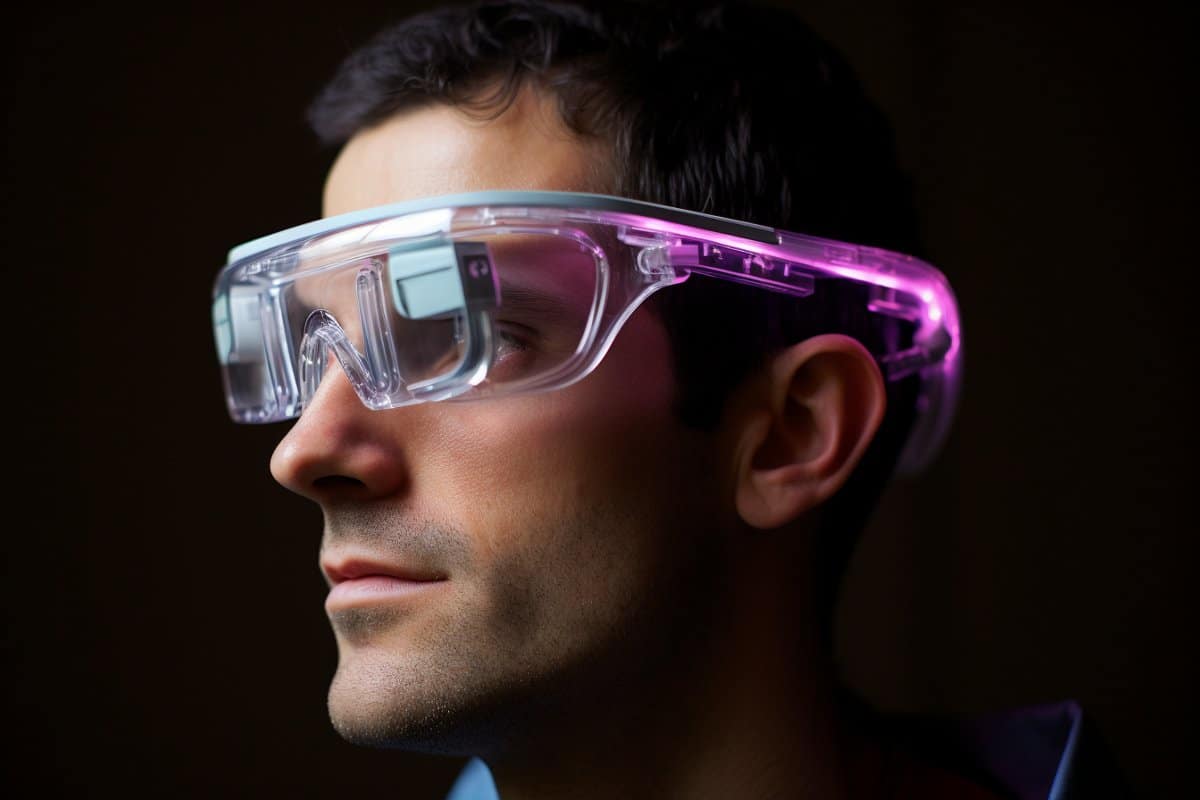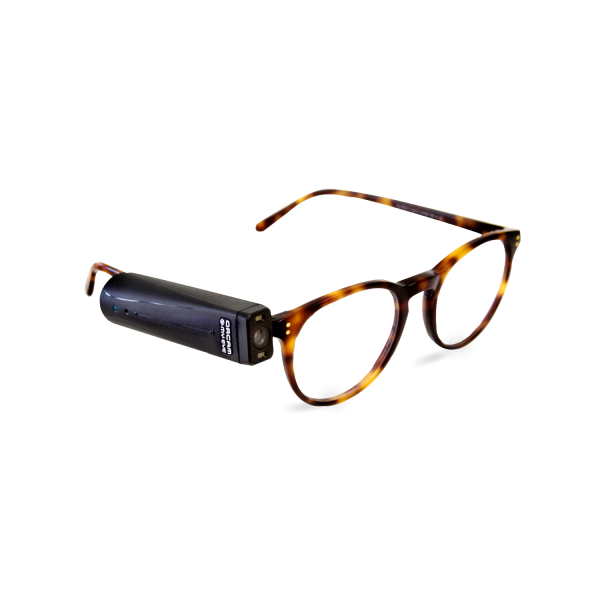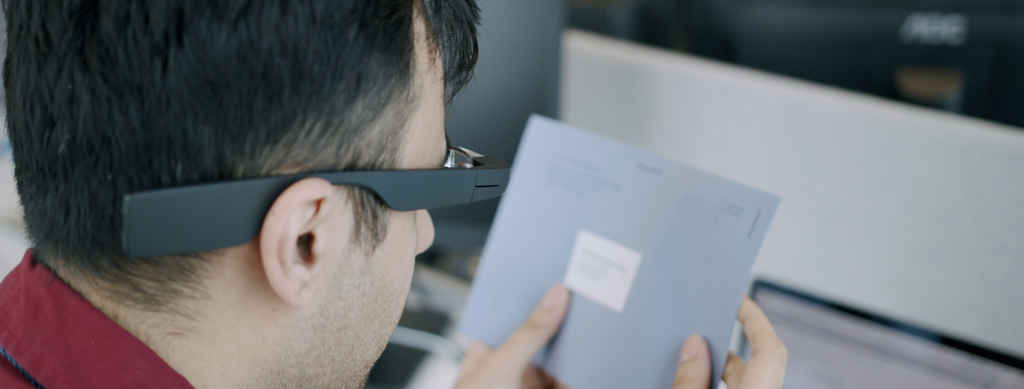Empowering Self-reliance With Assistive Modern Technology for the Blind
The integration of assistive innovation for people that are blind or aesthetically damaged represents a substantial advancement in fostering freedom and boosting lifestyle. With an array of tools-- from display visitors to cutting-edge tactile devices-- these technologies not only assist in navigating and interaction but likewise advertise social inclusion and participation in different facets of life. As we discover the varied kinds of assistive devices and their real-world applications, it becomes clear that the impact is extensive. Yet, the evolution of this modern technology elevates crucial questions about access and future growths that warrant further evaluation. Assistive technology for the blind.
Comprehending Assistive Technology
Although assistive modern technology has actually advanced considerably over the years, its fundamental function continues to be the very same: to improve the high quality of life for individuals with impairments, especially those who are visually impaired or blind. This modern technology incorporates a broad array of tools and devices that promote self-reliance and functionality in daily tasks.
Assistive innovation can be categorized right into low-tech and state-of-the-art services, each designed to satisfy specific needs. Modern tools typically include software application applications, specialized hardware, and adaptive tools that utilize innovative modern technology to supply support in different contexts. Conversely, low-tech options may involve daily things that are customized to improve access, such as magnifiers or tactile pens.
The integration of assistive innovation into the lives of individuals who are blind or visually impaired not just promotes autonomy yet also cultivates social addition and participation in academic and expert environments. By leveraging these innovations, users can browse their environments, accessibility information, and connect efficiently, thus boosting their general high quality of life. Understanding assistive technology is crucial for professionals, advocates, and caregivers that intend to support individuals in maximizing their potential and achieving greater freedom.
Kinds Of Assistive Instruments
Assistive tools for the visually impaired and blind are vital tools that enhance daily obeying addressing specific challenges encountered by individuals. These gadgets can be extensively categorized into 3 primary kinds: optical gadgets, electronic tools, and sensory devices.

Sensory tools, such as Braille displays and responsive maps, provide alternate means to receive info. Braille presents convert digital message into Braille, making it possible for users to review touch. Tactile maps offer spatial understanding with elevated lines and structures, enabling far better environmental understanding.
With each other, these assistive tools equip individuals with visual disabilities to involve even more fully with their environments, advertising greater independence and confidence in everyday tasks.

Influence On Life
The assimilation of assistive innovation right into the day-to-days live of individuals that are visually impaired or blind considerably enhances their capability to communicate and navigate with the world around them. Instruments such as screen viewers, Braille displays, and mobile applications facilitate accessibility to information, enabling customers to engage with electronic content, connect effectively, and handle day-to-day jobs independently.
In addition, innovations like clever glasses and navigation apps supply real-time assistance in unknown settings, improving movement and self-confidence. These tools allow customers to identify obstacles, checked out indicators, and even acknowledge faces, hence fostering a sense of autonomy in public rooms. In addition, home automation systems, which can be managed with voice commands, permit people to handle their living settings more efficiently, improving convenience and safety.
The influence of assistive modern technology extends beyond useful tasks; it advertises social inclusion and emotional well-being. By bridging the gap in between people and their environments, these modern technologies encourage customers to get involved completely in neighborhood activities, pursue educational chances, and engage in significant connections. Eventually, the improvement of assistive technology is important in redefining the possibilities for individuals who are visually impaired or blind, resulting in a much more available and comprehensive culture.
Success Stories and Testimonials

Another powerful review comes from Mark, a recent university graduate who utilized screen reading software application throughout his academic journey. This technology enabled him to gain access to program products and join conversations, inevitably bring about his effective shift right into the workforce. Mark credits assistive technology for empowering him to achieve his occupation objectives, highlighting its function in leveling the playing field for individuals with visual impairments.
Additionally, community centers have reported boosted involvement in their programs thanks to the introduction of easily accessible digital platforms. These platforms have made it less complicated for people to link, share resources, and support one an additional. These success tales jointly underscore the extensive impact of assistive innovation in cultivating independence, enhancing lifestyle, and breaking down obstacles for the best opthamologist blind and visually damaged neighborhood.
Future Trends in Assistive Technology
Arising modern technologies are positioned to reinvent the landscape of assistive tech for people who are visually damaged or blind. Advancements in expert system (AI) and artificial intelligence are boosting the abilities of devices, allowing even more intuitive user experiences. AI-driven applications are progressively able to read and identify things text out loud in real-time, offering customers with beneficial details concerning their surroundings.
Furthermore, innovations in wearable modern technology are producing brand-new opportunities for self-reliance. Smart glasses furnished with augmented truth features can overlay important details onto the user's field of view, promoting navigating and interaction with the atmosphere. The combination of Web of Things (IoT) tools is streamlining ease of access in wise homes, enabling individuals to manage devices and obtain alerts via voice commands or responsive user interfaces.
The advancement of braille screens and responsive comments systems is likewise growing, promoting accessibility to electronic web content and boosting interaction. As these innovations remain to progress, they guarantee to enhance everyday living, academic opportunities, and employment potential customers for people with visual impairments. Continuous cooperation in between engineers, individuals, and advocacy groups will certainly be essential in making certain these innovations fulfill the requirements of the area properly.
Verdict
To conclude, assistive technology plays an essential function in enhancing the freedom of people who are aesthetically impaired or blind. By providing crucial tools and sources, these modern technologies promote enhanced navigating, gain access to, and communication to details, consequently fostering freedom and confidence. The transformative influence of assistive tools not only advertises efficient communication with read more the atmosphere yet likewise encourages social addition and participation in different facets of life, eventually equipping users to flourish within their areas.
The combination of assistive modern technology for individuals that are visually impaired or blind stands for a substantial advancement in promoting independence and improving top quality of life.The integration of assistive modern technology right into the lives of people who are blind or aesthetically hindered not just promotes freedom but likewise cultivates social inclusion and involvement in academic and professional settings. Ultimately, the innovation of assistive modern technology is critical in redefining the opportunities for people who are blind or visually damaged, leading to a more obtainable and comprehensive culture.
Numerous people that are aesthetically damaged or blind have actually shared motivating success stories that highlight the transformative impact of assistive innovation on their lives.In verdict, assistive modern technology plays a pivotal function in improving the self-reliance of individuals that are blind or visually impaired.